In-home garden management, ensuring effective pest and disease control is paramount. Homemade garden sprays offer eco-friendly alternatives to conventional pesticides, promoting sustainable gardening practices. Utilizing natural repellents and companion planting techniques can bolster pest prevention efforts, while DIY fungal treatments address disease concerns organically.
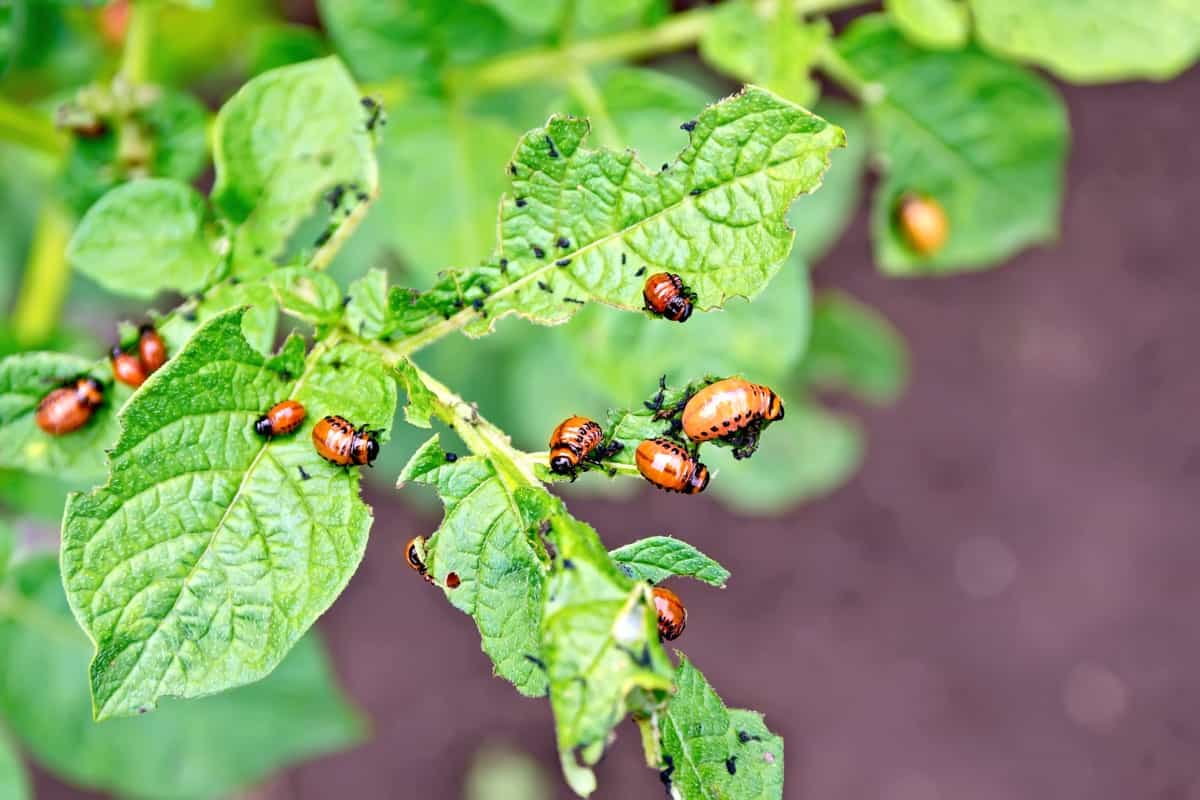
Incorporating biological pest control methods harnesses the power of beneficial insects, fostering a harmonious garden ecosystem. Seasonal strategies tailored to specific pests and diseases optimize control measures throughout the year. Explore homemade organic pesticide recipes and plant disease diagnostics for comprehensive garden care, promoting 100% effective control and treatment strategies.
Management of Pests and Diseases in Home Garden
Introduction to Pest and Disease Management
Pests and diseases are organisms that damage or reduce the quality of plants in home gardens, affecting their appearance, growth, yield, and health. Common pests include insects, mites, nematodes, slugs, snails, rodents, birds, and weeds. Common diseases include fungal, bacterial, viral, and nematode infections. Environmental factors like temperature, humidity, rainfall, soil type, and plant nutrition can influence pests and diseases. Preventing or managing these issues can be achieved through a combination of cultural, mechanical, biological, chemical, and natural methods.
Identifying Common Garden Pests
- The first step in pest management is identification and the damage it causes.
- Some pests seen with the naked eye or a magnifying glass, such as aphids, caterpillars, beetles, spider mites, whiteflies, scale insects, leafminers, etc.
- Some pests are hidden in the soil or inside the plant tissues, such as root-knot nematodes, wireworms, cutworms, borers, etc.
- Some pests can be detected by their signs or symptoms on the plant, such as holes, chewed edges, tunnels, galls, webs, honeydew, etc.
- Some pests can be identified by their droppings or frass on the plant or the ground below.
- Some pests can be identified by their sounds or smells, such as crickets or stink bugs.
Recognizing Plant Diseases
The second step in disease management is to identify the disease and its symptoms. Some diseases can be seen with the naked eye, such as powdery mildew, rusts, leaf spots, blights, and anthracnose. Others are hidden in soil or plant tissues, such as root rots and wilts. Detection of diseases can be based on signs on the plant, such as yellowing, withering, stunting, distortion, mosaics, and ringspots. Diseases can also be identified by their causal agents or vectors.
Integrated Pest Management (IPM)
IPM is a pest, disease management approach that combines methods to reduce problems while minimizing environmental and health risks. It involves four steps: monitoring, identification, decision-making, and intervention. Monitoring involves regular observation and recording of pest and disease occurrences and damage in gardens.
In case you missed it: How to Grow Pittosporum in Home Gardens: Guide to Planting to Care for Beginners
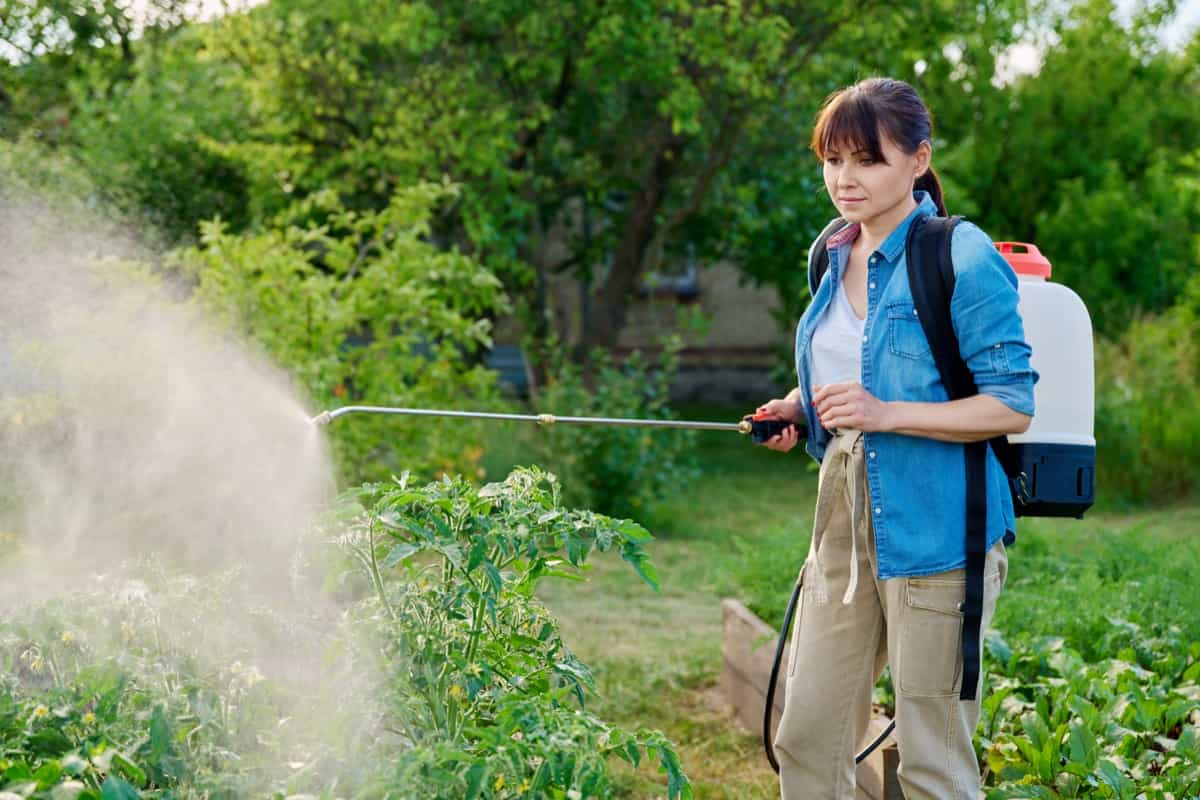
Identification involves accurate diagnosis of the pest or disease, its life cycle, hosts, and natural enemies. Decision-making evaluates the situation and selects appropriate management options based on economic, environmental, and social factors. The intervention involves implementing management methods to prevent or reduce damage.
Principles of IPM
IPM is a management approach that focuses on preventing pests and diseases from entering or establishing gardens through methods such as resistant varieties, clean seeds, crop rotation, sanitation, and other methods. It also focuses on enhancing plant health through optimal planting dates, spacing, fertilization, irrigation, mulching, and pruning.
Mechanical methods involve physically removing pests and diseases from the garden, while biological methods use natural enemies to suppress pest populations or disease spread. Chemical methods use pesticides as a last resort when other methods are ineffective or feasible, and natural methods use homemade sprays or solutions made from household ingredients.
Implementing IPM in Home Gardens
- IPM stands for Integrated Pest Management, a holistic approach to managing pests, diseases that combines cultural, physical, chemical, and biological methods.
- IPM aims to prevent pest and disease problems before they occur, reduce the use of pesticides, and enhance the health and diversity of the garden ecosystem.
- IPM involves four steps: monitoring, identification, decision-making, and intervention.
- IPM requires regular observation of the plants and their surroundings, accurate identification of pests and diseases and their natural enemies, informed decision-making based on pest thresholds and environmental factors, and appropriate intervention using the least disruptive and most effective methods.
Cultural Practices for Disease Prevention
- Cultural practices are the basic ways of maintaining healthy plants and preventing disease outbreaks in the garden.
- Cultural practices include choosing disease-resistant varieties, rotating crops, removing diseased plant material, sanitizing tools and equipment, avoiding overhead watering, mulching, pruning, fertilizing, and weeding.
- Cultural practices help to create unfavorable conditions for disease-causing organisms like fungi, bacteria, viruses, and nematodes and to improve the vigor and immunity of the plants.
- Cultural practices are the first line of defense against plant diseases and should be followed consistently throughout the growing season.
Enhancing Plant Health
- Enhancing plant health is another key aspect of preventing pests and diseases in the garden.
- Enhancing plant health involves providing optimal growing conditions for the plants, such as adequate light, water, nutrients, air circulation, and soil quality.
- Enhancing plant health also involves supporting the beneficial organisms that live in the soil and on the plants, such as earthworms, microbes, insects, spiders, and birds.
- Enhancing plant health helps to increase the resilience and resistance of the plants to stressors such as pests, diseases, drought, heat, and cold.
Mechanical and Physical Control Methods
- Mechanical and physical control methods are ways of removing or excluding pests from the garden using manual or mechanical means.
- Mechanical and physical control methods include hand-picking, trapping, netting, row covers, barriers, screens, collars, sticky traps, vacuuming, and flaming.
- Mechanical, physical control methods are effective against larger pests such as insects, snails, slugs, rodents, and birds, but more is needed for smaller pests such as mites, aphids, and thrips.
In case you missed it: Sustainable Living: The Growing Trend of Urban Apartment Gardening in India
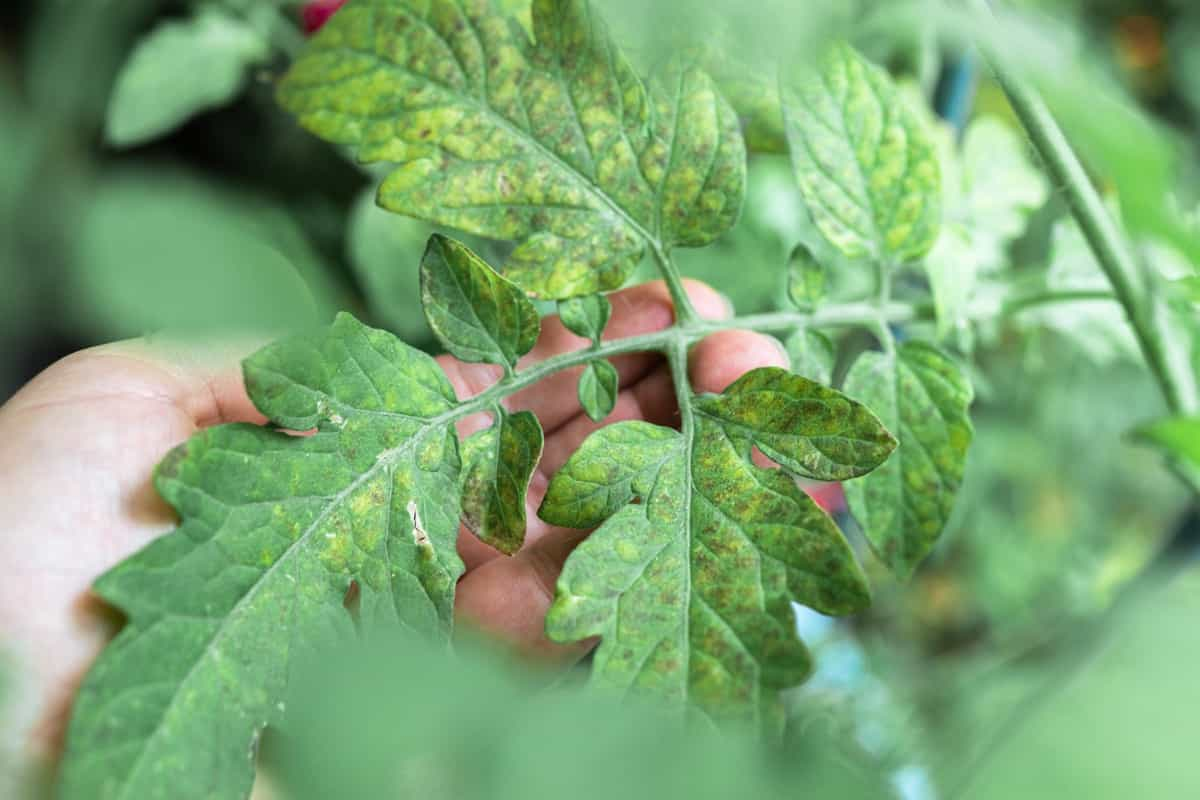
Biological Control Strategies
- Biological control strategies are ways of using living organisms to control pests in the garden.
- Biological control strategies include introducing or encouraging natural enemies of pests like predators, parasitoids, and pathogens.
- Biological control strategies also include using biopesticides derived from natural sources like bacteria, fungi, viruses, or plants.
- Biological control strategies are environmentally friendly alternatives to synthetic pesticides that can reduce pest populations without harming beneficial organisms or disrupting the natural balance of the garden ecosystem.
Chemical Control Options
Chemical control options are synthetic or organic substances used to kill or repel pests in gardens, including insecticides, fungicides, herbicides, nematicides, rodenticides, repellents, and growth regulators. They should be used as a last resort when other methods have failed or are not feasible and must be followed carefully.
Safe Use of Pesticides
Safe use of pesticides is essential to protect human health, environmental quality, and non-target organisms from pesticide exposure or contamination. Safe use of pesticides involves:
- Choosing the right pesticide for the target pest.
- Using the lowest effective dose.
- Applying at the right time.
- Disposing of unused or leftover pesticides properly.
Safe use of pesticides also involves wearing protective clothing, equipment, and gear, avoiding contact with skin, eyes, or mouth, washing hands thoroughly after handling pesticides, and storing pesticides securely away from children, pets, and food.
Natural and Home Remedies: Homemade Sprays and Solutions
Natural and home remedies are homemade sprays and solutions used to control pests and diseases in gardens using common household ingredients or plants. These remedies include insecticidal, fungicidal, or repellent sprays made from soap, water, oil, vinegar, baking soda, alcohol, garlic, chili pepper, neem oil, and essential oils.
Although inexpensive, easy to make, and less toxic than synthetic pesticides, they may be less effective, consistent, or long-lasting. To achieve the desired effect, natural and home remedies should be tested on a small area before applying to the entire plant.
Monitoring and Regular Inspection
InIntegrated Pest Management (IPM), monitoring and regular inspection are crucial steps for early detection of pests and diseases. These inspections involve checking plants and their surroundings for signs of pests and diseases, such as damage, symptoms, or spores. Records of occurrence, severity, distribution, and impact on plant growth and yield should be kept. The frequency of these inspections should be at least once a week, depending on the crop and season.
Disease Resistance and Plant Selection
- Disease resistance and plant selection are crucial factors in preventing or reducing disease problems in the garden.
- Disease resistance ability of a plant to resist or tolerate infection by a specific pathogen or a group of pathogens.
- Plant selection is the process of choosing plants that are suitable for the site, climate, soil, and pest and disease conditions of the garden.
- Disease resistance and plant selection can be achieved by using certified disease-free seeds or transplants, choosing varieties or cultivars that have been bred or selected for disease resistance, and diversifying the plant species or families in the garden.
In case you missed it: The Growing Trend of Urban Terrace Gardening in India for Healthy Living and Sustainability
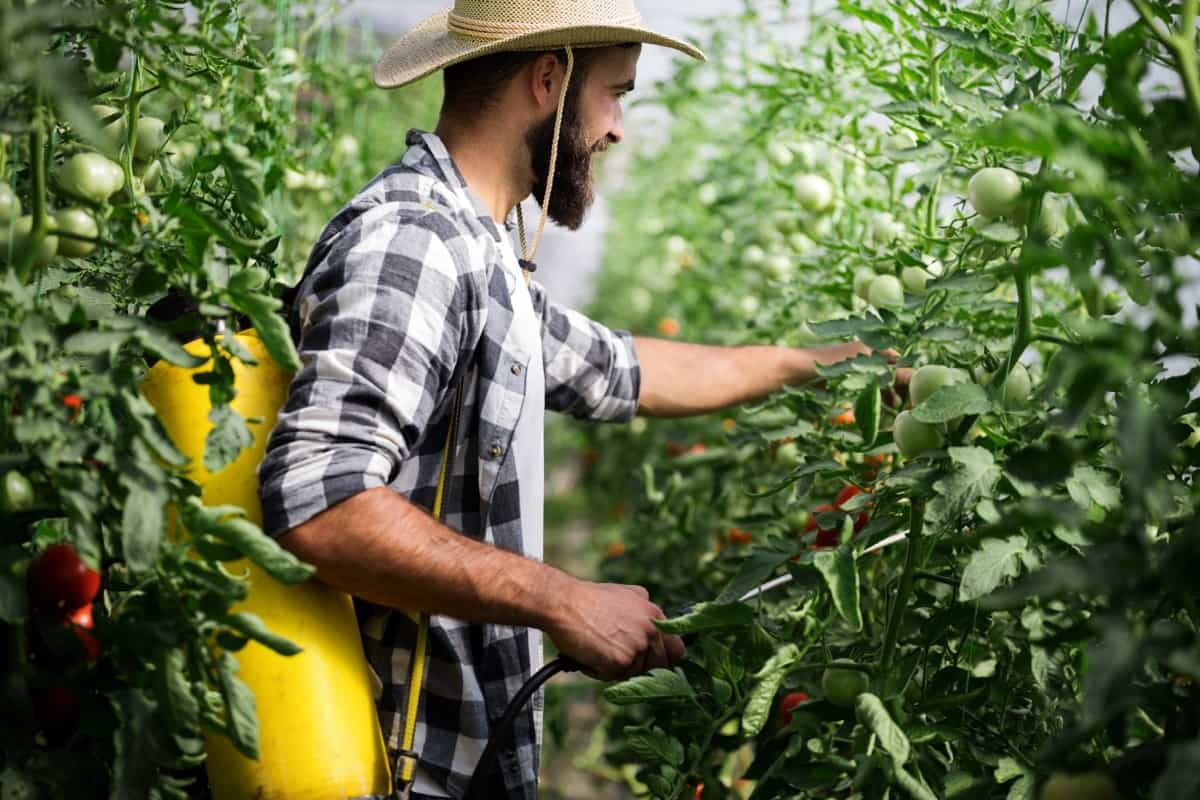
Managing Weeds
Weed management is crucial for pest and disease control in gardens. These unwanted plants compete with crops for space, light, water, nutrients, and pollinators. They can also harbor pests, diseases that can spread to crops or interfere with management methods. To manage weeds, use mulch, landscape fabric, solarization, or pre-emergent herbicides, and remove existing weeds using hand-pulling, hoeing, mowing, or post-emergent herbicides.
Coping with Environmental Stressors
Environmental stressors, such as temperature, moisture, light, wind, hail, frost, pollution, or salinity, can affect plant health and reduce pest and disease problems in gardens. These stressors can weaken plants’ defenses against pests or create favorable conditions for disease development. To cope with these stressors, plants should be adapted to the region’s climate and weather patterns and protected from extreme conditions using methods like shade cloth, row covers, cold frames, greenhouses, irrigation, drainage, or mulch.
In case you missed it: Cultivating Plants in Recycled Plastic Bottles and Containers: New Art of Sustainable Gardening Practices
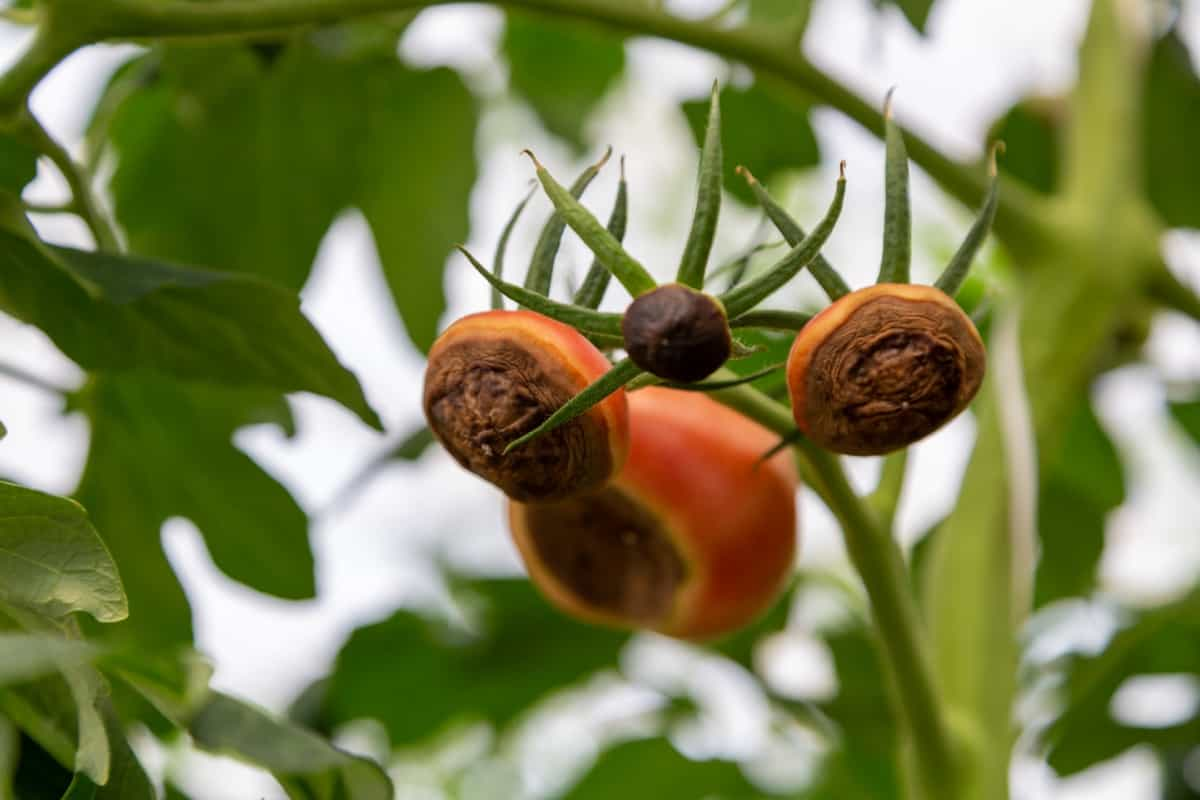
Common Pests in Home Gardens
| Pest Name | Control Measures |
| Aphids | Spray with water, soap, oil, neem oil, or insecticidal soap; release ladybugs or lacewings; prune infested parts; remove weeds |
| Caterpillars | Hand-pick; spray with Bt (Bacillus thuringiensis) or spinosad; release parasitic wasps; use row covers; remove weeds |
| Cutworms | Hand-pick at night; use collars around seedlings; till soil before planting; remove weeds; use beneficial nematodes |
| Flea beetles | Spray with soap, oil, neem oil, pyrethrin, or kaolin clay; use row covers; interplant with garlic or basil; remove weeds |
| Japanese beetles | Hand-pick; trap with pheromones or floral lures; spray with neem oil or pyrethrin; release parasitic nematodes; remove weeds |
| Leafminers | Remove infested leaves; spray with spinosad or neem oil; release parasitic wasps; use row covers |
| Slugs and snails | Hand-pick at night; trap with beer or yeast; use barriers of copper, diatomaceous earth, eggshells, or sand; sprinkle with salt or coffee grounds; release predatory beetles |
| Spider mites | Spray with water, soap, oil, neem oil, sulfur, or miticides; release predatory mites; prune infested parts; remove weeds |
| Squash bugs | Hand-pick; trap under boards or shingles; spray with soap, oil, neem oil, pyrethrin, or permethrin; use row covers; remove weeds |
| Whiteflies | Spray with water, soap, oil, neem oil, insecticidal soap, or pyrethrin; release ladybugs or lacewings; use yellow sticky traps; prune infested parts |
Common Diseases in Home Gardens
| Disease name | Treatment |
| Powdery mildew | Rake up and destroy infected leaves, avoid overhead watering, spray with fungicide or baking soda solution |
| Downy mildew | Plant resistant cultivars, remove and destroy infected foliage, avoid crowding plants or watering in the evening |
| Black spot | Remove and destroy diseased canes and leaves, mulch beneath plants, water at the roots, plant resistant varieties, spray with fungicide |
| Mosaic virus | Remove and destroy infected plants, avoid handling plants when wet, disinfect tools and hands, control insect vectors |
| Damping-off | Use sterile potting mix and containers, avoid overwatering and overcrowding, provide good ventilation, apply fungicide |
| Fusarium wilt | Rotate crops, remove and destroy infected plants, plant resistant varieties |
| Verticillium wilt | Rotate crops, remove and destroy infected plants, plant resistant varieties |
In case you missed it: Easy Homemade Recipes for Garden Plants: Natural and Organic Fertilizer for Vegetables, Flowers, and Houseplants
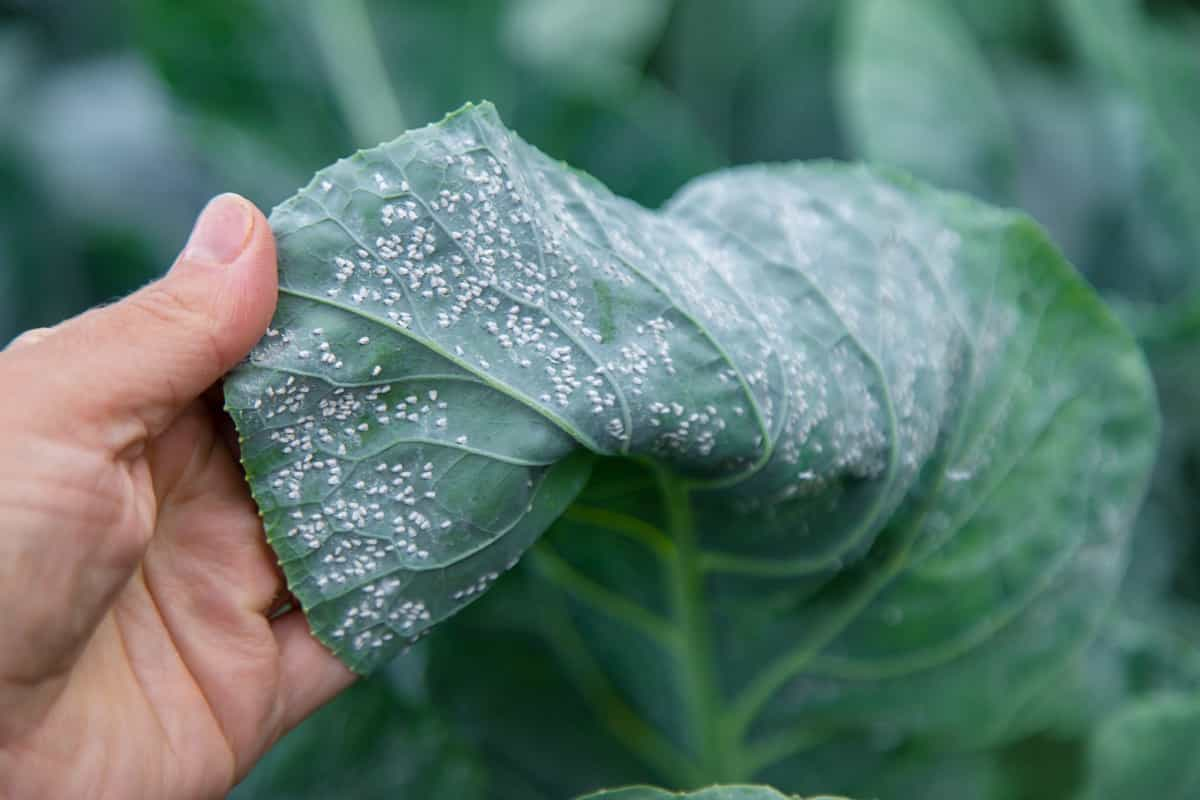
Conclusion
Effective management of pests and diseases in home gardens requires a multifaceted approach. By implementing preventive measures, such as cultural practices and natural remedies, and promptly addressing issues with targeted treatments, gardeners can achieve optimal control, maintain the health and productivity of their plants with confidence.
- Types of Pesticides Used in Agriculture: A Beginner’s Guide
- Economical Aquaculture: A Guide to Low-Budget Fish Farming
- 15 Common Planting Errors That Can Doom Your Fruit Trees
- How to Make Houseplants Bushy: Effective Tips and Ideas
- Innovative Strategies for Boosting Coconut Pollination and Yield
- Pollination Strategies for Maximum Pumpkin Yield
- The Complete Guide to Chicken Fattening: Strategies for Maximum Growth
- Natural Solutions for Tulip Problems: 100% Effective Remedies for Leaf and Bulb-Related Issues
- Revolutionizing Citrus Preservation: Towards a Healthier, Greener Future
- Natural Solutions for Peony Leaf and Flower Problems: 100% Effective Remedies
- Maximizing Profits with Avocado Contract Farming in India: A Comprehensive Guide
- Natural Solutions for Hydrangea Problems: 100% Effective Remedies for Leaf and Flowers
- The Ultimate Guide to Choosing the Perfect Foliage Friend: Bringing Life Indoors
- From Sunlight to Sustainability: 15 Ways to Use Solar Technology in Agriculture
- The Ultimate Guide to Dong Tao Chicken: Exploring from History to Raising
- The Eco-Friendly Makeover: How to Convert Your Unused Swimming Pool into a Fish Pond
- Mastering the Art of Delaware Chicken Farming: Essentials for Healthy Backyard Flocks
- 20 Best Homemade Fertilizers for Money Plant: DIY Recipes and Application Methods
- How to Craft a Comprehensive Free-Range Chicken Farming Business Plan
- Brighten Your Flock: Raising Easter Egger Chickens for Beauty and Bounty
- How to Optimize Your Poultry Egg Farm Business Plan with These Strategies
- Subsidy for Spirulina Cultivation: How Indian Government Schemes Encouraging Spirulina Farmers
- Ultimate Guide to Raising Dominique Chickens: Breeding, Feeding, Egg-Production, and Care
- Mastering the Art of Raising Jersey Giant Chickens: Care, Feeding, and More
- Ultimate Guide to Raising Legbar Chickens: Breeding, Farming Practices, Diet, Egg-Production
- How to Raise Welsummer Chickens: A Comprehensive Guide for Beginners
- How to Protect Indoor Plants in Winter: A Comprehensive Guide
- Ultimate Guide to Grow Bag Gardening: Tips, Tricks, and Planting Ideas for Urban Gardeners
- Guide to Lotus Cultivation: How to Propagate, Plant, Grow, Care, Cost, and Profit
- Agriculture Drone Subsidy Scheme: Government Kisan Subsidy, License, and How to Apply Online
- Ultimate Guide to Raising Araucana Chickens: Breed Profile, Farming Economics, Diet, and Care
- Bringing Hydroponics to Classroom: Importance, Benefits of Learning for School Students
- Ultimate Guide to Raising Polish Chickens: Breed Profile, Farming Economics, Diet, and Care
- Ultimate Guide to Raising Australorp Chickens: Profile, Farming Economics, Egg Production, Diet, and Care
- Silkie Chicken Farming: Raising Practices, Varieties, Egg Production, Diet, and Care
- Sussex Chicken Farming: Raising Practices, Varieties, Egg Production, Diet and Care